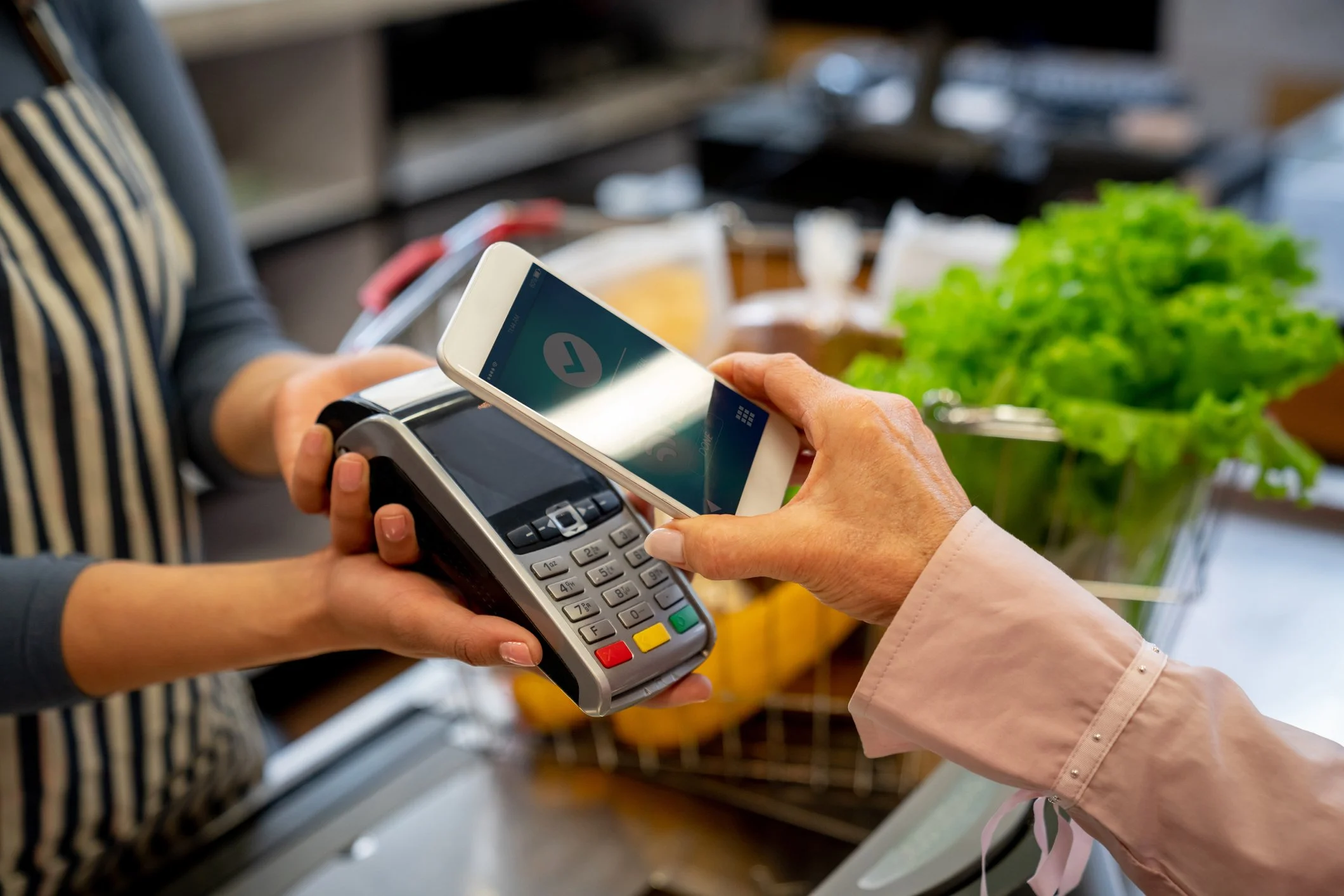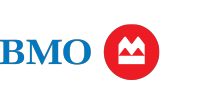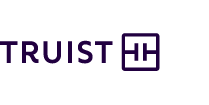
The Value of Overdraft Services
(And why government mandates are misguided)
What is Overdraft?
Overdraft services are conveniently linked to a checking or savings account and offer a bridge to cover a purchase or expense like a recurring bill when you do not have the needed cash on hand. For many consumers, this optional service delivers financial flexibility to cover an unexpected expense and the certainty of knowing important transactions, such as rent or utility payments, will not be declined.
Every bank offering overdraft services delivers the service in different ways to support the unique needs of their consumers.
Did you know?
As many as a quarter of Americans use overdraft services to make ends meet.
With a reported 60% of Americans living paycheck to paycheck, access to liquidity is critical to helping consumers make ends meet.

Consumers Value and Need Bank Overdraft Products
NEW SURVEY
A March 2024 national survey explores how consumers use and feel about bank overdraft services – providing new data on the types of transactions for which consumers use overdraft services; what alternatives would otherwise be available to consumers; and how consumers feel about their choices and options.
Key Findings
Consumers report that they primarily use overdraft services on important and necessary day-to-day purchases. When asked to identify the types of purchases enabled by their most recent overdraft transactions, the leading categories included:
30%
Food
25%
Utilities
Transportation
18%
Consumers that report overdrafting four or more times in the past year say that they lack credit alternatives. Of those who stated they had been denied a credit card:
67%
4+ overdrafts
No overdrafts
34%
Consumers that were most likely to view overdraft products negatively were consumers that did not actually report having used the product. Survey respondents who reported that they used overdraft services were more likely to view overdraft services favorably.
Washington’s Overdraft Rule Fails Consumers
The Consumer Financial Protection Bureau (CFPB) has released a proposed rule which would reduce consumer choice and ignore the substantial progress America’s leading banks have made in saving money for consumers.
With more than 95% of households banked in America, it is critical the CFPB not mire overdraft services in additional, unnecessary red tape, thereby reducing access to these services and pushing Americans in need of help to predatory payday loans, car title loans, or pawn.
Read more about the CFPB’s misguided law in a recent blog post from the Consumer Bankers Association.
Did you know?
If the CFPB requires overdraft services be treated as credit, we expect financial institutions may have difficulty underwriting as many as 2.4 million Americans who fall into the CFPB’s historical definition of “frequent overdrafters”

What the CFPB’s misguided law fails to consider.
Banks have made tremendous strides on overdraft
Without the intervention of Washington, banks have taken proactive steps to benefit consumers while protecting those who value overdraft services, by providing real-time payment updates, grace periods, payment control, low-balance alerts, and no-fee overdraft accounts.
Bank-led overdraft innovation is saving Americans money
The monetary impact of bank-led overdraft innovation has led to roughly $5 billion a year in savings for hardworking families.
The proposal could reduce consumer choice
New government rules on overdraft products may hamper banks’ ability to provide this service to the consumers who have come to rely on it. This is especially relevant today given recent data indicating that 60 percent of Americans are living paycheck to paycheck.
Bank-led Innovation Saves Consumers Money
Thanks to the introduction of diverse bank-led innovations and widespread reforms to overdraft products and policies over the last decade, consumers today enjoy greater choice, transparency, and savings than ever before.
In fact, since 2019, reduced fees associated with overdraft services have saved consumers $5 billion. Overdraft services remain a valued and a preferred option to less desired alternatives, namely payday loans, car title loans, or pawn. These non-bank alternatives to overdraft not only deprive consumers of the high level of protections they’ve come to expect from a well-regulated bank, they’re also significantly more expensive.
According to the CFPB, a typical payday loan, for example, charges an annual percentage rate (APR) of almost 400 percent.
How Banks Offer Support
Post-overdraft grace periods
Waiving fees for de minimis overages (in some cases as high as $100!)
The ability to stop pre-scheduled payments
Maximum frequency caps
Low-balance alerts
Overdraft Innovations
(All without government intervention.)
A growing number of banks have unveiled new innovations designed to avoid overdraft fees or have an overdraft product with features selected by the consumer.
Strategic technological investments have ensured banks are well-equipped to incorporate many of these features through digital platforms, further empowering consumers with the tools they desire to make informed financial decisions. Here are just a few of the innovative offerings!
Ally Bank
Eliminated overdraft fees, and unveiled CoverDraft, a new tool to provide customers additional short-term liquidity as an alternative to traditional overdraft.
Associated Bank
Eliminated NSF fees and overdraft protection transfer fees. Reduced the daily overdraft cap to 2. Increased the no-fee overdraft threshold to $50. Launched Early Pay to allow customers to receive their direct deposit paychecks up to 2 business days early.
Bank of America
Eliminated overdraft for consumers when using debit cards at the point of sale and ATM, eliminated overdraft protection transfer fees, eliminated courtesy overdraft and NSF fees, and reduced all other overdraft fees to $10.
BMO
BMO announced reductions to its banking fees by eliminating both NSF fees and overdraft transfer fees and by significantly reducing overdraft fees.
Fifth Third Bank
Fifth Third’s Momentum Banking offers Extra Time (24 hours to avoid overdraft fees), Early Pay, to get paid up to two days early and no overdraft transfer fees. Its Express Banking is Bank On certified and has no overdraft fees. The Bank has no NSF fees and enforced a negative balance and per item cushion.
First Financial Bank
Eliminated both NSF fees when an item is returned unpaid and notification fees when an account remains overdrawn. Additionally reduced other fees.
Flagstar Bank
Eliminated its current NSF fee and making other significant changes to its overdraft program, including an increase to existing overdraft balance threshold before fees are assessed.
Frost Bank
Customers are automatically enrolled in the overdraft grace feature, offering no-fee overdrafts up to $100.
Key Bank
Eliminated NSF fees, providing free overdraft protection for linked accounts, and increased existing overdraft balance threshold before fees are assessed. Reduced overdraft fee and decreased number of charges per day.
M&T Bank
Cut overdraft fees in half while also eliminating NSF fees, and any charges customers pay when they transfer money from a linked deposit account to avoid an overdraft.
PNC
Introduced Low Cash Mode to help customers avoid overdraft fees through account transparency and control to manage low-cash moments or mis-timed payments.
Regions
Eliminated NSF fees and Overdraft Protection Transfer fees, reduced the daily cap on overdraft fees to three, allowed customers to access direct deposits up to two days early, introduced a $500 line of credit to cover short-term needs, and added a grace feature giving customers another business day to make deposits and avoid overdraft charges.
Santander Bank
Raised the no-fee overdraft threshold to $100 for every Santander Bank client. Also eliminated the overdraft protection transfer fee (previous $12) and reduced the daily overdraft fee cap from six to three.
TD Bank
Introduced TD Essential Banking, a low-cost, no-overdraft-fee deposit account. Eliminated fees for overdrafts of $50 or less and give customers 24 hours to fix the issue before incurring a fee.
Truist
Introduced new personal checking accounts with no overdraft fees and an innovative deposit-based line of credit. Discontinued returned item, negative account balance, and overdraft protection transfer fees for all existing personal accounts.
U.S. Bank
Ended NSF fees for checking accounts. Also increased the amount an account can be overdrawn from $5 to $50 before a fee is charged. Customers will now have a full day to deposit funds to avoid overdraft fees.
Wells Fargo
Eliminated transfer fees for Overdraft Protection and NSF fees for checks and electronic transfers, added a grace period for overdraft repayment, and provided early access to direct deposits and access to a new short-term credit product.
JPMorgan Chase
Expanded the overdraft cushion to $50 and eliminated the Returned Item Fee. Providing an additional day to settle outstanding balances and expanding early direct deposit access to all.
Capital One
Completely eliminated all overdraft fees and NSF fees for its consumer banking customers, while continuing to provide free overdraft protection.
Citizens
Eliminated all NSF fees and savings overdraft protection fees across all customer accounts. Created overdraft-free accounts, Citizens EverValue™ Checking and Student Checking, and introduced Citizens Peace of Mind™, a deposit feature to reverse the expense of unexpected overdraft fees.
Citi
Citi completely eliminated overdraft fees, returned item fees, and overdraft protection fees for all consumer clients.
Huntington Bank
Huntington launched Standby Cash, a line of credit giving eligible customers immediate access up to $1,000 with no interest or fees if customers sign up for automatic payments.
Hancock Whitney
Eliminated consumer NSF fees as well as certain overdraft fees. Additionally increased existing overdraft balance threshold before fees are assessed.

Do consumers want overdraft?
Yes. Consumers must proactively opt-in to use overdraft services.
Consumers can discontinue overdraft services at any time. But don’t just take our word for it – 81 percent of frequent overdraft users indicated that they would have preferred to incur a fee rather than have their payment declined.
A 2023 study from the Financial Health Network found consumers want overdraft services and the flexibility they provide.
81%
of frequent overdraft users indicated that they would have preferred to incur a fee rather than have their payment declined.
What leaders are saying about Overdraft
Michael Hsu
“For those living paycheck to paycheck, the flexibility offered by low- to no-cost overdrafts can empower them to pay their bills on time, avoid high-cost alternatives, and improve their credit profile. […] Limiting overdrafts may limit the financial capacity for those who need it most.”
Written Remarks, Dec. 8, 2021
Acting Comptroller of the Currency
Director Rohit Chopra
Even the CFPB Director supports banks efforts.
“I do want to commend a lot of the banks in the industry for really starting to compete now on overdraft. Many of them are showing their lower fees or the buffers they are provided.”
Testimony before the U.S. Senate Banking Committee, Nov. 30, 2023
CFPB Director
U.S. Senator Thom Tillis
“The American financial services system continues to provide unprecedented levels of consumer choice, and they are increasing every day. Some financial institutions have moved to eliminate overdraft fees. Others have drastically reduced fees associated with utilizing the service or increased overdraft coverage. What is abundantly clear across the board is that these institutions have taken these actions without the need for overarching or burdensome government regulation.”
(R-N.C.)
Read more from regulators, legislators, scholars, thought leaders, and the media about these bank-led overdraft innovations
Bryan Bashur
Director of Financial Policy at Americans for Tax Reform
“Consumers benefit from overdraft protection by using it to make essential purchases… Ensuring that overdraft protection is not compromised by overburdensome regulation is especially important for individuals with lower credit quality.”
Americans for Tax Reform, Nov. 1, 2022
Senior Fellow in Economic Studies at the Brookings Institution
Aaron Klein
“Many banks have announced sweeping changes to their overdraft policies. By my calculations, changes in policies announced by 14 banks, including most of the largest, will amount to $5 billion a year in savings for families living paycheck to paycheck. […] Industry made sweeping changes without any new legislation or new regulation […] and I commend these banks for their actions.”
Further Reading
Washington Post
Capping overdraft fees could actually hurt poor families
American Banker
While Congress talked, banks led on overdraft innovation
Americans for Tax Reform
Biden Administration Ignores Stakeholder Feedback while Targeting Bank Fees
Wall Street Journal
The Junk Economics of ‘Junk-Fee’ Politics
Cato Institute
CFPB Targets Overdraft Fees in Biden’s War on Prices
Fintech Business Weekly































